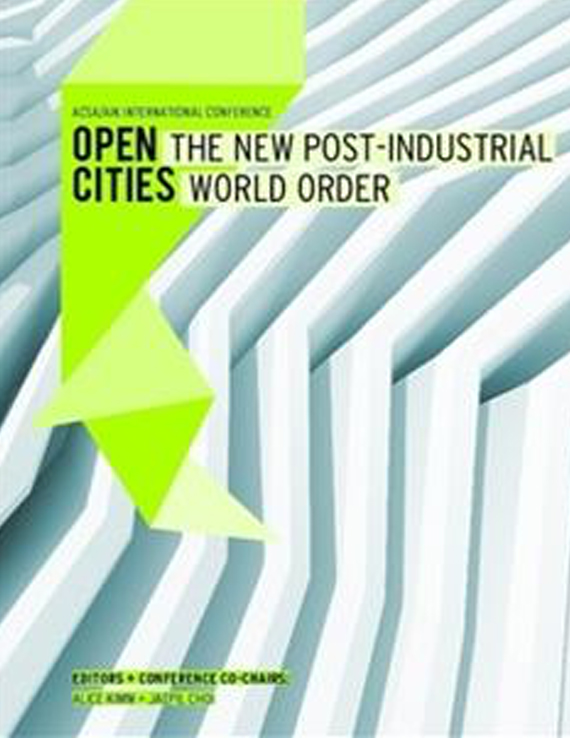Author(s): Matthew Soules
Post-industrial urbanization is increasingly, in the words of David Harvey, “driven by theneed to find outlets for overaccumulating capital.” Beginning in the late 20th Centuryand accelerating in the 21st Century, dramatic shifts in the scope, scale, and tactics ofglobal investment capital have made the closely aligned phenomena of market dynamicsand urbanization ever more complex, producing a wholly new form of sociospatialconditions. This novel mode of urbanization is marked by the financialization ofbuilt space, or what Saskia Sassen calls, the “financialization of non-financial domains”– where the physical increments of the city more and more function like financial investmentinstruments complete with stock market like instability. Such things as rapiddevelopment, the over-supply of built space, mass vacancies and volatile fluctuationsbetween growth and decay mark the resulting urbanism and present unique sociospatialchallenges and opportunities. The name that this research applies to these definingattributes of the post-industrial city is ‘Asset Urbanism.’ While the physical componentsof urbanization – units, buildings and parcels of land – have long functioned,at least in part, as investment assets, the degree to which this role has increased hasnot been met with a corresponding conceptual or operational framework on the partof architects and planners. Current design discourse appears largely outmatched bythe agility and complexity of capital that is now driving the processes of urbanizationacross much of the globe.In 2012, the author of this paper received funding from the federal governmentof Canada’s Social Sciences and Humanities Research Council to conduct a multiyearproject documenting and analyzing the characteristics of asset urbanism in thecountries most acutely affected by the worldwide property bubble that precipitatedthe 2008 global financial crisis – Ireland, Spain, and the United States. The researchproposes that particular urban, suburban, and exurban environments within thesecountries offer exceptional examples to help illuminate, in their extremity, widespreadand systemic financial-spatial phenomena that can be found within citiesaround the globe, from Dubai to Vancouver. Despite political rhetoric that claimsotherwise, in the form of various ‘lessons learned’ regulations, policies, and proclamationsemerging in response to the crisis, the dynamics of asset urbanism remainlargely in tact and if anything, are accelerating in newly sophisticated means.This paper presents findings from the government-funded project by focusing onresults gleaned from field research in Ireland. Specifically, the paper describes operativeand emergent theoretical concepts derived from interviews with key Irisheconomists, sociologists, real estate experts, policy-makers, developers, planners,and architects. It utilizes photo-documentation and analytical spatial diagramsthat explicate built conditions in relation to the immaterial financial practices ofwhich they are avatars. Finally, it draws conclusions for the ways in which the Irishexample elucidates dynamics that are fundamental to globalized post-industrialurbanization in general and speculates upon the opportunities that these pose forreframing the disciplines of architecture and urbanism.
Volume Editors
Alice Kimm & Jaepil Choi
ISBN
978-0-935502-91-6

 Study Architecture
Study Architecture  ProPEL
ProPEL 
